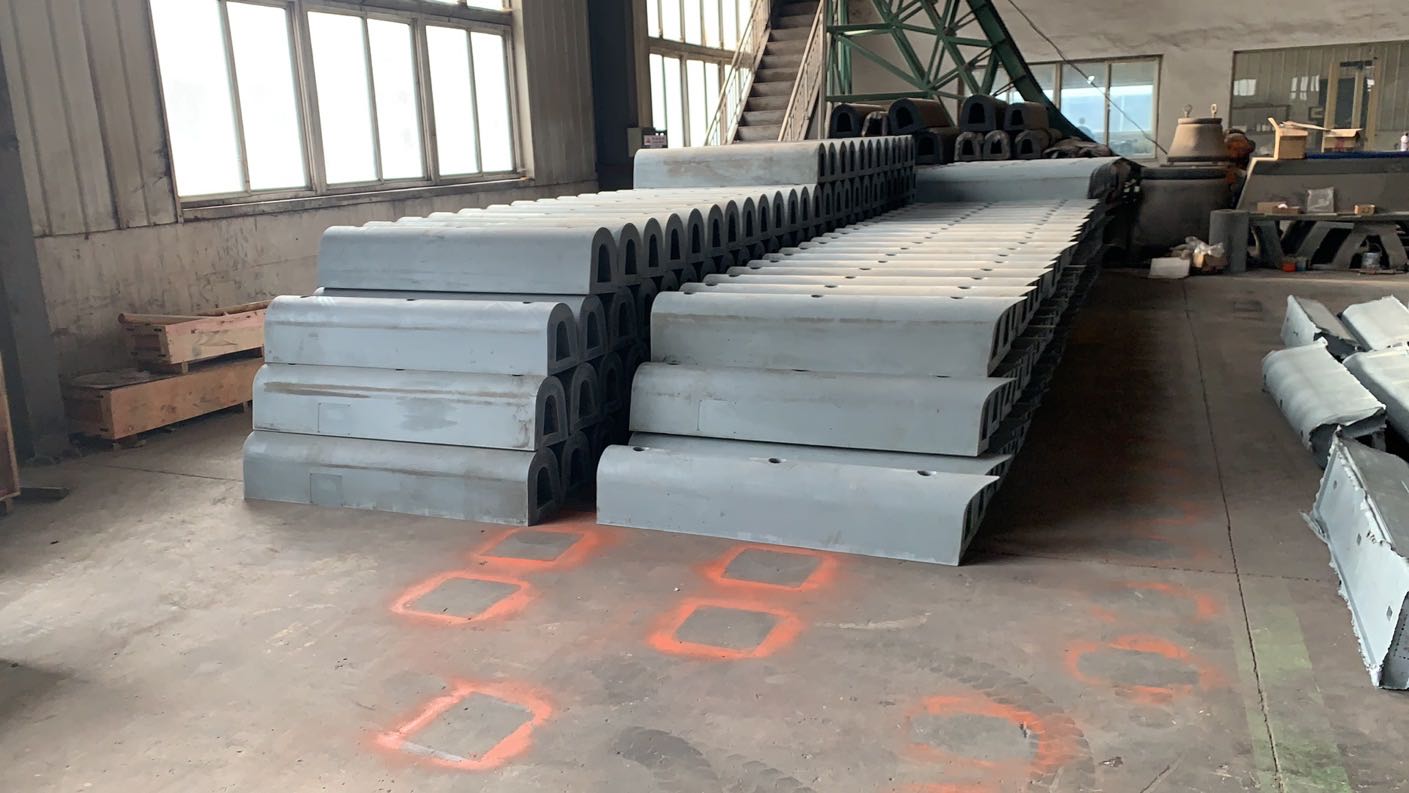What is the specific impact of the material of rubber fender on the shock absorption effect
The material of rubber fender has significant influence on its damping effect. The material characteristics of rubber fender directly determine its ability to absorb and disperse the impact force, and then affect the shock absorption effect.
First of all, the rubber material itself has excellent elasticity and shock absorption properties. This makes the rubber fender can effectively absorb and disperse the impact force when it is hit by the ship and the dock or other ships, reduce the force on the ship and the dock, and reduce the fatigue damage and damage of the structure. The elasticity of the rubber fender also makes it able to quickly restore to its original state and continue to maintain good shock absorption effect.
Secondly, the material choice of rubber fender will also affect its weather resistance and durability. High-quality rubber materials have better weather resistance and can maintain stable performance under various environmental conditions, thus ensuring long-term effective shock absorption effect. At the same time, the durable rubber fender can resist wear and aging, extend the service life, and reduce the frequency of replacement and maintenance.
In addition, the material of the rubber fender can also be selected and adjusted according to specific needs. For example, for occasions where higher damping effects are required, high-damping rubber materials can be selected; For occasions that require oil resistance or high and low temperature resistance, the corresponding special rubber material can be selected. These customized material choices can further enhance the damping effect of rubber fenders to meet the needs of specific scenarios.
In summary, the material of rubber fender has an important impact on the damping effect. Choosing the right rubber material can ensure that the rubber fender has good shock absorption performance, weather resistance and durability, so as to achieve effective shock absorption effect and protect the safety and stability of ships and dock facilities.

